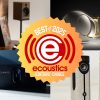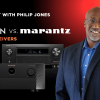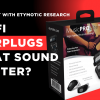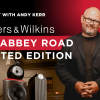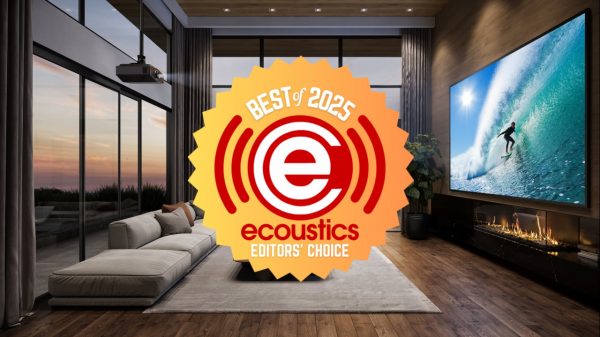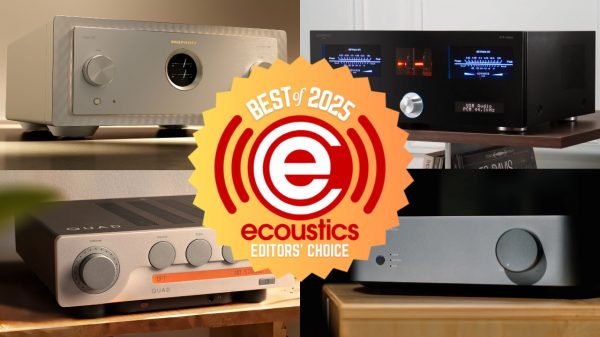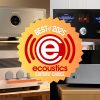Table of contents
Why a Subwoofer Matters
Bass isn’t a luxury feature—it’s structural. The lowest frequencies anchor rhythm, scale, and realism, and when they’re missing, everything else sounds thin, smaller than life, and slightly wrong. Most bookshelf and even many tower speakers simply aren’t designed to move enough air to reproduce true low bass, especially the kind you feel as much as hear. That’s where a subwoofer earns its keep. By handling the deepest frequencies that main speakers can’t reach, a properly integrated subwoofer restores weight, impact, and balance to music and movies—turning polite sound into something that actually resembles the real thing.
While human hearing bottoms out around 20 Hz, the real world doesn’t stop there. Earthquakes, pipe organs, movie soundtracks, and electronic music all generate energy below the threshold of hearing, and a capable subwoofer that reaches into infrasonic territory brings that energy into the room. You don’t just hear low bass at that point—you feel it in your chest, your couch, and your bones. Because deep bass is largely non-directional, a subwoofer can be integrated into almost any system, from a simple two-channel setup to full surround sound, even in smaller rooms. Tucked out of sight, it quietly does the heavy lifting, adding scale, authority, and physical impact without demanding visual attention.
Adding a subwoofer isn’t just about getting more bass—it’s about smarter system management. By setting a crossover in your receiver or preamp, the lowest frequencies are redirected to the subwoofer, where they’re handled by an amplifier designed specifically for that job. This takes a significant burden off your main amplifier and speakers, allowing them to focus on midrange clarity and high-frequency detail. The payoff goes beyond deeper bass: reduced strain often translates into cleaner sound, better control at higher volumes, and improved dynamic range. In plain terms, everything breathes easier—and it shows.
Whether to buy a small or large subwoofer depends on the size of your room. Small subwoofers usually work better in small rooms, while larger rooms can benefit from both bigger a sized subwoofer and more of them. A subwoofer’s physical size and the diameter of the woofer provide an indication of performance, but don’t tell the whole story. As both amplification and woofer size increase, a subwoofer can potentially play louder and deeper, but the whole system has to work together in a way that doesn’t clip, distort, or sound muddy or boomy. Before you invest in a subwoofer, it would be prudent to read our primer on how they work, placement, and the things to look out for when selecting one.
The Best Subwoofers of 2025
Vera-Fi Vanguard Caldera 10 ($199)
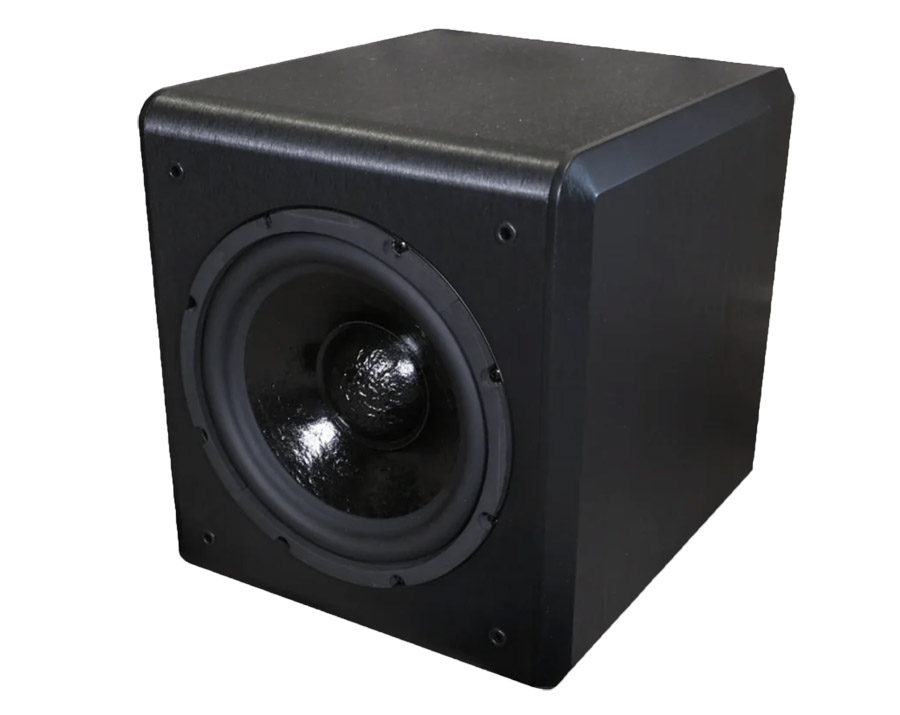
The Vanguard Caldera 10 doesn’t chase spec-sheet bravado or pretend it’s a room-flattening monster—and that restraint is precisely why it works. For around $200, it delivers genuinely usable bass down to roughly 30 Hz, which is more than enough to give compact bookshelf speakers real weight and scale. Drop it into a system built around something like the Vera-Fi Vanguard Scout, and the transformation is immediate: fuller tonal balance, more convincing dynamics, and the sense that your speakers suddenly grew a few inches taller. It won’t plumb the depths or rattle walls, but that’s not the job description at this price.
Under the hood, the formula is refreshingly straightforward and effective: a 10-inch paper-pulp woofer in a ported cabinet, driven by a 200-watt Class A/B amplifier. Connectivity and controls are better than expected for the money, with both line-level and speaker-level inputs, adjustable crossover, phase control, level trim, and manual or auto power options. The textured black vinyl enclosure with beveled edges looks respectable in real rooms, though the auto-on function proved inconsistent enough that leaving it powered on is the smarter choice. At 13″ × 15″ × 16″, placement is easy, even in smaller spaces. Bottom line: deep-bass reach is limited and the auto mode needs refinement, but the sound quality, flexibility, and value on offer make the Caldera 10 a remarkably sensible—and frankly hard to beat—entry-level subwoofer.
Go to full review | $199 at Vera-Fi Audio
RSL Speedwoofer 10E ($349)

The RSL Speedwoofer 10E earns its repeat appearance for a simple reason: it keeps doing exactly what a good subwoofer should do, even after a modest $40 tariff-driven price bump. It remains one of the safest recommendations for adding real low-end authority to both home theater systems and two-channel setups built around bookshelf speakers that tap out before the lowest octaves. In short, it fills the gap without calling attention to itself—or your credit card statement.
Built around a 10-inch driver, 300 watts RMS of amplification, and RSL’s proprietary rear-vented Compression Guide™tuning, the Speedwoofer 10E delivers clean, controlled bass down to about 26 Hz. That’s deep enough to satisfy most music lovers and home theater fans, though the most bass-obsessed listeners may want to look higher up the RSL food chain. The Speedwoofer 10E MKII adds more power and wireless connectivity in the same footprint, while the Speedwoofer 12S ups the ante with a larger 12-inch driver and significantly more output—at the cost of a much bigger enclosure.
What makes the Speedwoofer 10E stand out is how effectively it disappears into a system. With music, you hear better low-end definition, texture, and weight rather than obvious “subwoofer bass.” With movies, you get punchy, fast, and convincing impact that belies its size and price. It’s not flashy, it’s not excessive—it’s just well-engineered bass done right, and that’s why it keeps making the list.
RSL Speedwoofer 12S ($885)

The RSL Speedwoofer 10E may satisfy a lot of listeners, but consider it the appetizer. The step up to RSL’s flagship Speedwoofer 12S is anything but subtle, delivering a level of impact, depth, and authority that immediately makes its smaller sibling feel restrained. Extension reaches a genuinely impressive 16 Hz, which means bass you don’t just hear—you feel it pressurize the room. Despite a price increase from $799 to $885, it remains remarkably difficult to find this level of low-frequency performance from a single enclosure without spending significantly more.
The trade-off, of course, is size. The Speedwoofer 12S is a big box, and it needs to be—proper tuning at this level requires real internal volume. Inside the rear-vented cabinet is a 12-inch woofer powered by a muscular 500-watt RMS amplifier (1,500 watts peak), working in tandem with RSL’s proprietary Compression Guide architecture. Add four DSP modes and a handy remote control, and you get serious flexibility to fine-tune bass from the listening position. It’s not subtle, it’s not small, and it’s not shy—but if deep, authoritative bass is the goal, the Speedwoofer 12S delivers in a way few subwoofers anywhere near its price can match.
MartinLogan Dynamo 10 ($1,199)

The MartinLogan Dynamo 10 brings more to the table than competent low-end output. It combines fast, well-controlled bass with a cabinet design that looks intentionally finished—closer to real furniture than the usual anonymous black cube. That attention to design is matched by a feature set that’s unusually generous for the price, including optional wireless operation, ARC room correction, app-based control, and flexible crossover and phase adjustments that make integration far easier than it has any right to be.
Where the Dynamo 10 really separates itself is in overall execution. Build quality is a clear step up from many midrange competitors, the design choices feel deliberate rather than cost-driven, and the three-year warranty adds an extra layer of confidence. Sonically, it prioritizes speed, control, and musicality over brute-force excess, which makes it equally comfortable in music-first systems and mixed home theater setups. For listeners shopping the mid-priced subwoofer category, the Dynamo 10 is one of those rare products that balances performance, features, and aesthetics without asking for a financial apology afterward.
Go to full review | $1,199 at Crutchfield
SVS SB-5000 R|Evolution ($1,999)
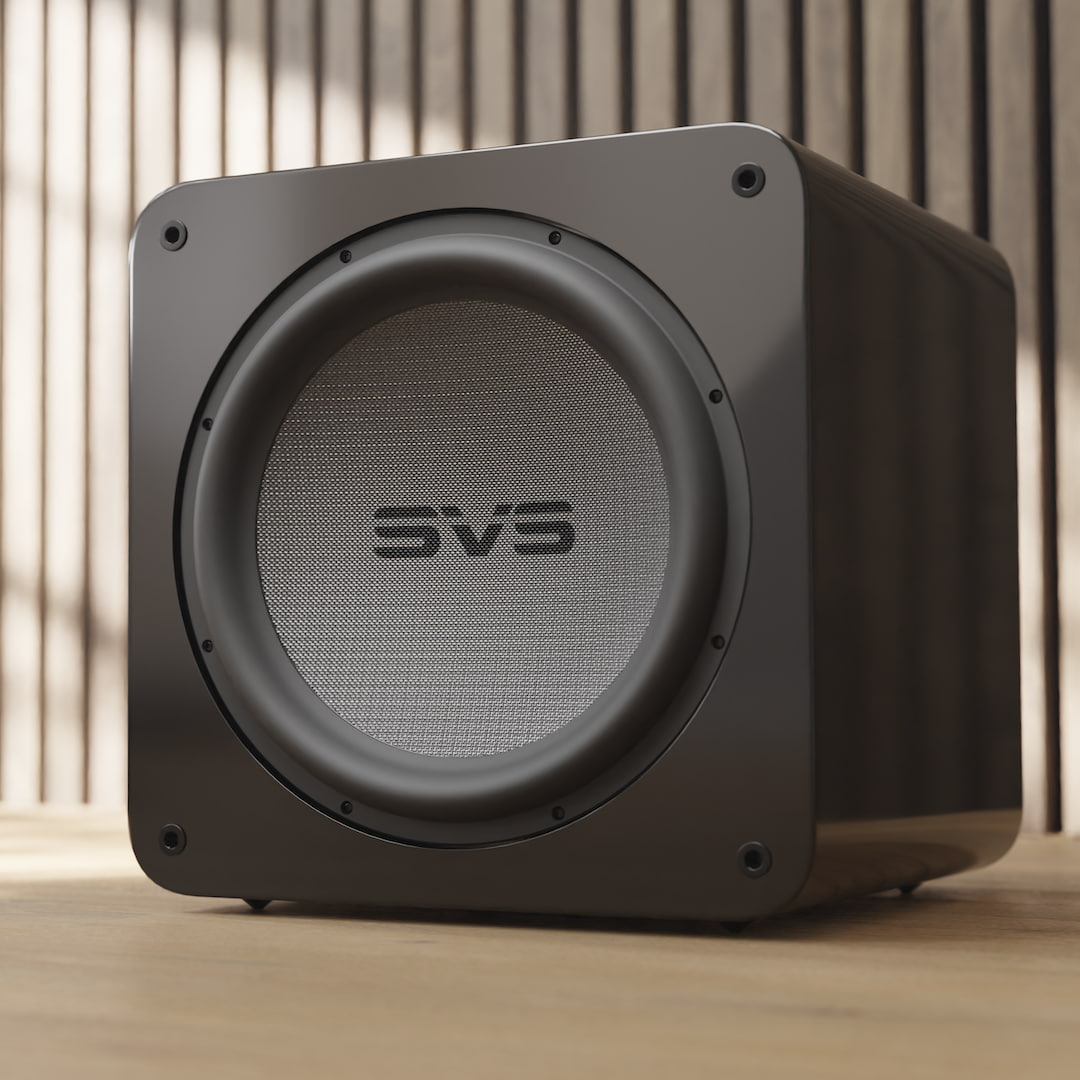
We could have gone straight for SVS’s no-holds-barred 17-Ultra Series, but the SVS SB-5000 hits the sweet spot where sanity, performance, and price briefly agree. It gives up little in real-world impact while costing about $700 less—and that’s a trade even the pickiest bass obsessives can live with. This is not a “good for the money” subwoofer. It’s a good, period subwoofer that just happens to undercut the flagship.
Armed with a massive 15-inch driver and a brutal 2,000 watts RMS of amplification (5,000 watts peak), the SB-5000 can pressurize a room down to a punishing 17 Hz. At this tier, spec comparisons become pointless because every meaningful box is already checked. What remains is the experience: effortless depth, iron-fisted control, and bass that feels physical rather than merely loud. Strap in, secure anything that rattles, and accept the fact that your room is no longer in charge—the SB-5000 is.
The Bottom Line
Every subwoofer on this list earns its place by doing one thing exceptionally well: delivering honest, usable bass at its price point without marketing nonsense or inflated expectations. Entry-level options like the Vanguard Caldera 10 prove that a modest budget can still add real weight, texture, and balance to bookshelf-based systems. The RSL Speedwoofer 10E remains a benchmark for clean, musical bass that disappears into both two-channel and home theater setups, while the Speedwoofer 12S raises the stakes dramatically with true low-frequency authority that borders on reference-class performance for the money.
Step into the midrange and the MartinLogan Dynamo 10 distinguishes itself with superior build quality, thoughtful features, and fast, controlled bass that integrates easily into real rooms. At the top end, the SVS SB-5000 is for listeners who refuse compromise—offering room-pressurizing depth, massive power reserves, and precision that satisfies even the most demanding bass heads without forcing a leap to flagship pricing.
Different budgets, different rooms, different priorities—but no weak links. Each of these subwoofers delivers exactly what it promises, and that kind of accuracy is what separates a smart upgrade from an expensive regret.
Related Reading:








